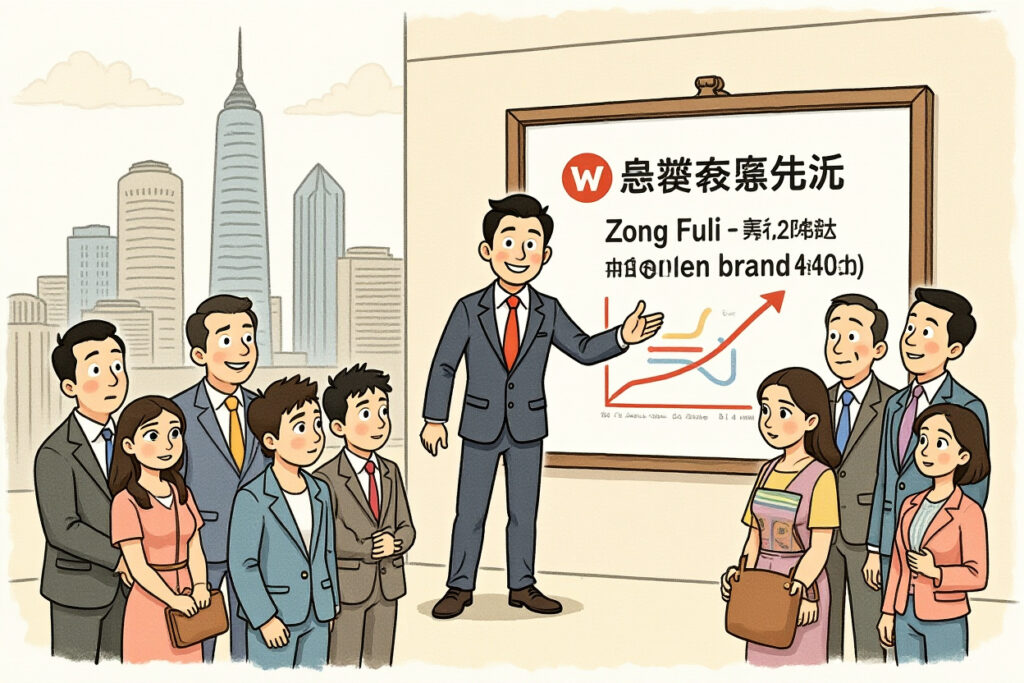Executive Summary
– Trading card markets in China, led by IPs like Pokémon and sports cards, are seeing unprecedented price surges, with rare cards auctioned for values comparable to urban apartments.
– Major firms like Kaijiale International (凯知乐国际) and Card Hero (卡游) are capitalizing on this trend, attracting significant investor attention and strategic partnerships.
– The market is fueled by Z世代 (Gen Z) consumption, social media influence, and mature IP licensing, but faces risks like irrational spending, IP expiration, and counterfeiting.
– Industry experts warn of parallels to the 1637 Dutch tulip bubble, urging regulatory oversight and innovation to ensure sustainable growth.
– Despite speculative behaviors, the sector shows potential for long-term value if it balances entertainment with investment and embraces technological safeguards like NFTs.
The Allure and Anxiety of High-Stakes Card Collecting
In Guangzhou’s newly opened Pokémon Card Gym, a middle-aged player multitasks between monitoring stock prices on his phone and strategizing his next move in a card battle. This scene encapsulates a broader phenomenon sweeping China’s collectibles market: trading cards, once childhood pastimes, are now serious business. From Pokémon to sports memorabilia, rare cards are fetching prices that rival real estate, sparking debates about whether this boom is sustainable or a modern-day tulip bubble.
Consumers like Mr. Liu, who invests in both trading cards and sports cards, note that the industry’s lengthy supply chain incentivizes maintaining high values. But as prices detach from utility and speculation intensifies, parallels to 1637—when tulip bulbs traded for fortunes before crashing—seem increasingly relevant. This article delves into the drivers, risks, and future of China’s card market, offering insights for investors navigating this volatile landscape.
Competition Intensifies in the Trading Card Arena
The entry of major players like Kaijiale International (凯知乐国际) into the trading card game (TCG) market has ignited investor enthusiasm. After announcing a partnership with Pokémon, Kaijiale’s stock surged over 160%, reflecting bullish sentiment. Similarly, Card Hero (卡游) is reviving its IPO plans, while newer brands like Flash Soul (闪魂) secure millions in funding to expand globally.
This activity signals a shift from market exploration to fierce competition. Pokémon’s official gyms in Guangzhou and Beijing attract diverse demographics, from families to professionals, highlighting TCG’s cross-generational appeal. However, competing IPs like Digimon and Detective Conan struggle to replicate this success, despite similar gameplay and lore.
Market Expansion and Strategic Moves
Jiang Han (江瀚), a senior researcher at Pangoal智库 (盘古智库), attributes market growth to innovation and demand. He notes that creative card designs and engaging玩法 (gameplay) can boost investor confidence. Meanwhile, brands are tapping into China’s manufacturing prowess to produce affordable, high-quality cards and merchandise, targeting global markets.
Zhang Shule (张书乐), an industry commentator, emphasizes that stationery giants like M&G (晨光) and Deli (得力) are entering the fray, leveraging IPs to create derivative products. This diversification helps address consumer pain points beyond mere novelty, fostering deeper engagement.
When a Card Equals a Condo: The Mechanics of Scarcity
In secondary markets, factors like rarity, edition, and condition dictate card values. Signed, first-edition, or professionally graded cards can command astronomical sums. For instance, certain Pokémon cards have auctioned for over $100,000—enough to buy a apartment in some Chinese cities. Similarly, sports cards featuring signatures, jersey patches, or significant game moments fetch premium prices.
Mr. Liu illustrates this with his collection, where single cards range from thousands to tens of thousands of yuan. He notes that评级机构 (grading agencies), primarily in the U.S., play a crucial role in certifying value. However, the lack of domestic infrastructure introduces risks, including counterfeiting and valuation uncertainties.
Capital Influence and Market Operations
The ecosystem involves IP holders, publishers like Panini and Topps, retailers, and resale platforms. Capital inflows and market manipulations often amplify prices. Jiang Han observes a trend toward cards as investment assets, with limited editions showing high annualized returns. Yet, the market remains primarily consumer-driven, requiring authoritative grading and standardized platforms to mature financially.
Collectors emphasize that success hinges on foresight—identifying emerging stars or elements like holographics early. This speculative aspect echoes tulip mania, where futures contracts soared on euphoria rather than intrinsic value.
The Business of ‘Small Investments, Big Returns’
Card collecting thrives on community and cultural identity. Stores like Pokémon Gyms enhance mall footfall, boosting adjacent businesses. A正佳广场 (Zhengjia Plaza) representative notes that immersive spaces drive frequent, high-engagement visits, benefiting overall retail dynamics.
Beyond TCGs, non-trading cards featuring domestic IPs—such as those from Card Hero’s ‘Three Kingdoms’ series or collaborations with ‘The Legend of the Condor Heroes’—are gaining traction. Their low cost and high visual appeal make them ideal for social sharing, further fueling demand.
IP Economy and Experiential Retail
Malls prioritize card stores for their role in体验经济 (experience economy). Events like tournaments and launches create synergy with other attractions, appealing to Gen Z and families. This model, emphasizing interaction over mere transactions, sustains long-term interest.
Rapid Growth’s Hidden Perils
Despite optimism, challenges loom. Irrational consumption, akin to gambling, raises concerns. The ‘拆盒’ (box-breaking) mechanic can lead to addiction, prompting calls for regulatory intervention. Jiang Han advocates for compliance measures to protect consumers and ensure market health.
IP expiration is another risk. As Zhong Tianhexing (中田和幸), an Ultraman designer, notes, IP lifespans are shortening due to intense competition. Companies must innovate continuously to maintain relevance.
Regulatory and Counterfeit Challenges
Unlike blind boxes, cards face fewer age restrictions, making them popular among students. This accessibility, however, increases exposure to盗版 (counterfeiting). Experts suggest integrating digital certificates or NFTs to authenticate items and preserve value.
Navigating the Future of Card Investments
China’s card market sits at a crossroads. Driven by generational shifts and digital amplification, it offers substantial opportunities but mirrors historical speculative bubbles. Stakeholders must balance innovation with oversight, fostering sustainable growth rather than fleeting hype.
For investors, due diligence is paramount. Focus on IPs with enduring appeal, verify authenticity through reputable channels, and monitor regulatory developments. As the market evolves, those who prioritize value over volatility may find themselves holding not just cards, but tangible assets.
Explore official announcements from the China Securities Regulatory Commission (CSRC) for updates on market regulations, or visit platforms like Card Cavalry for secondary market trends.




